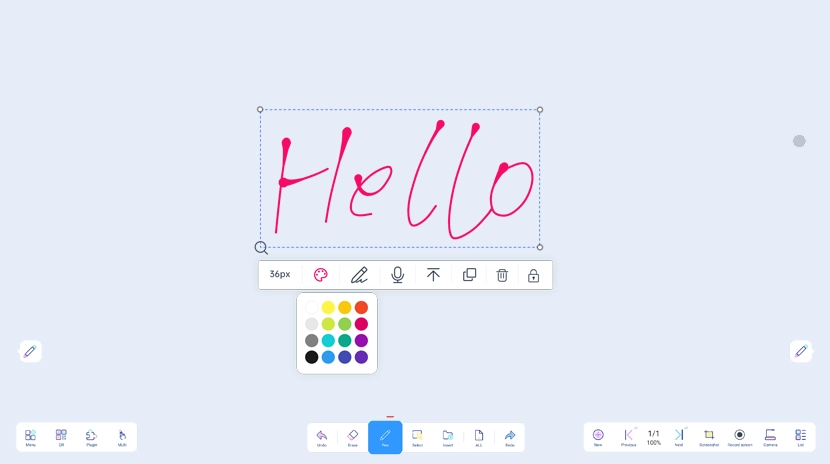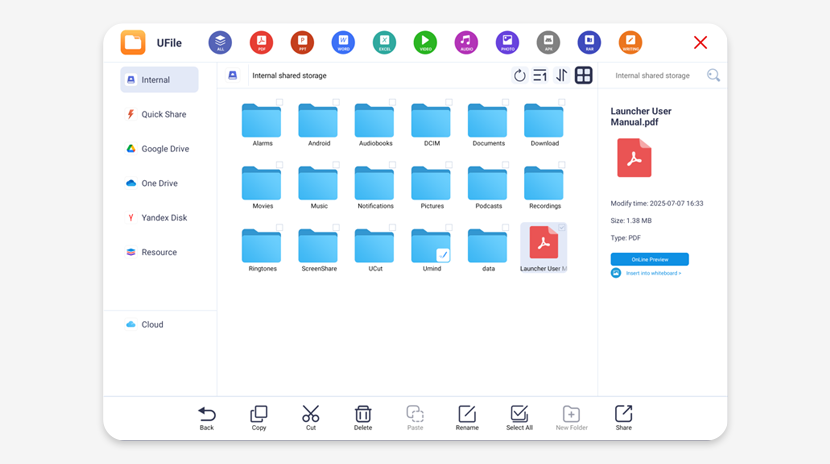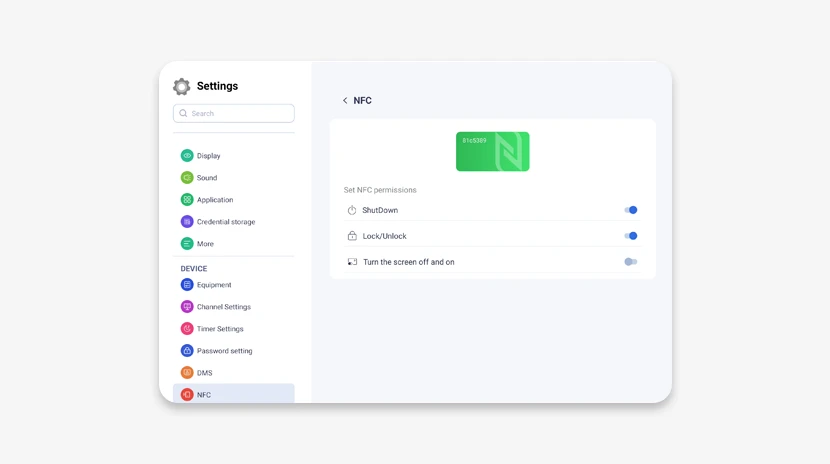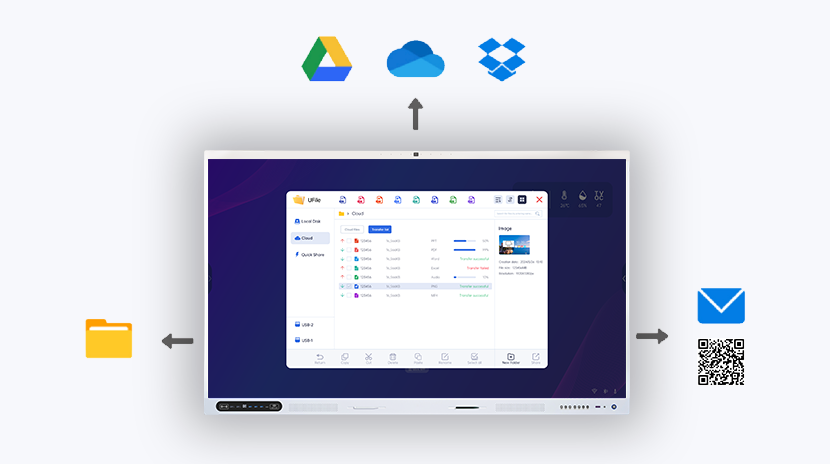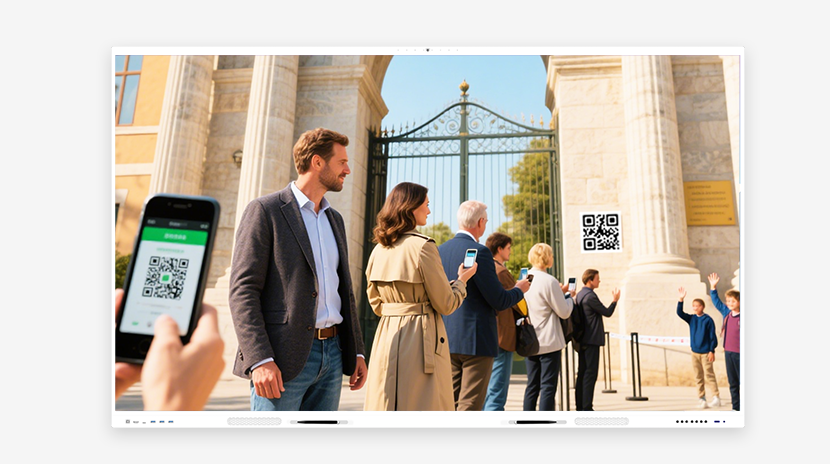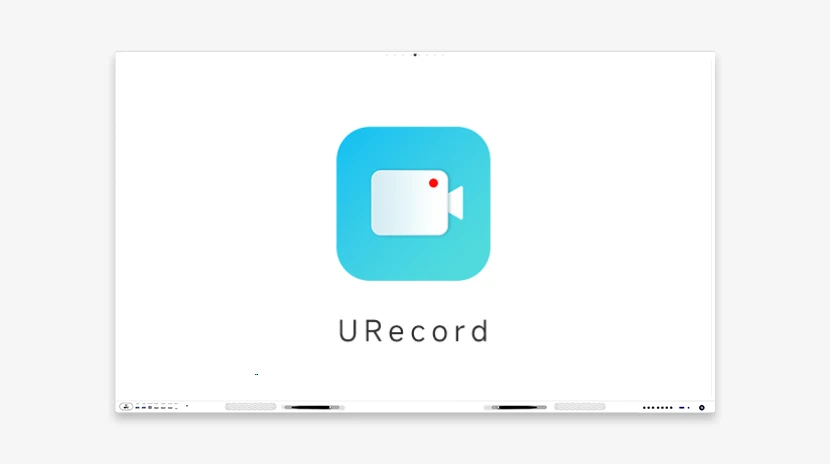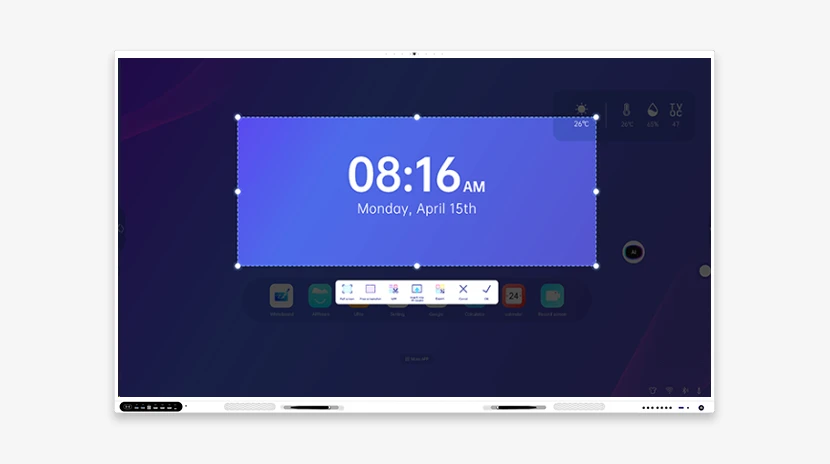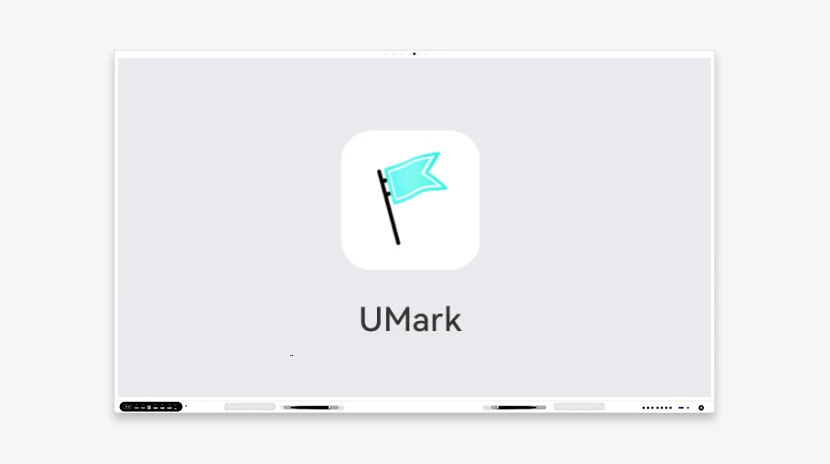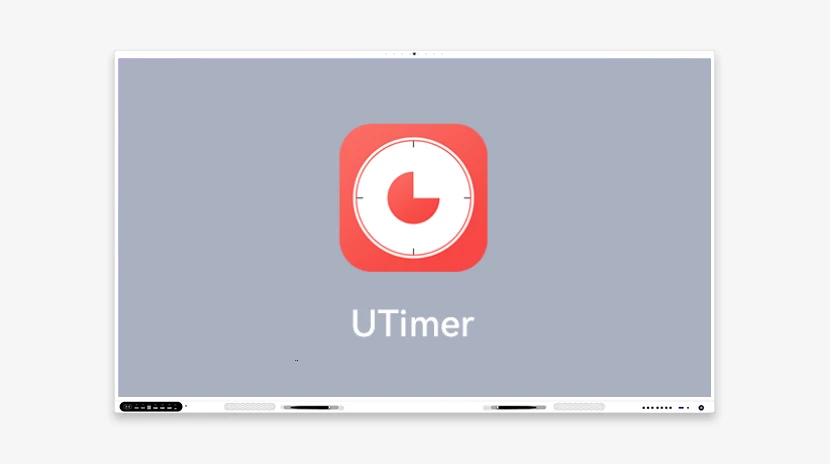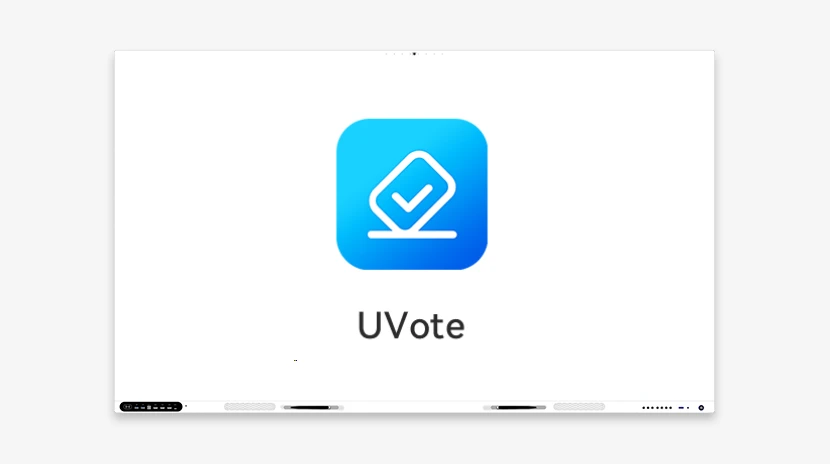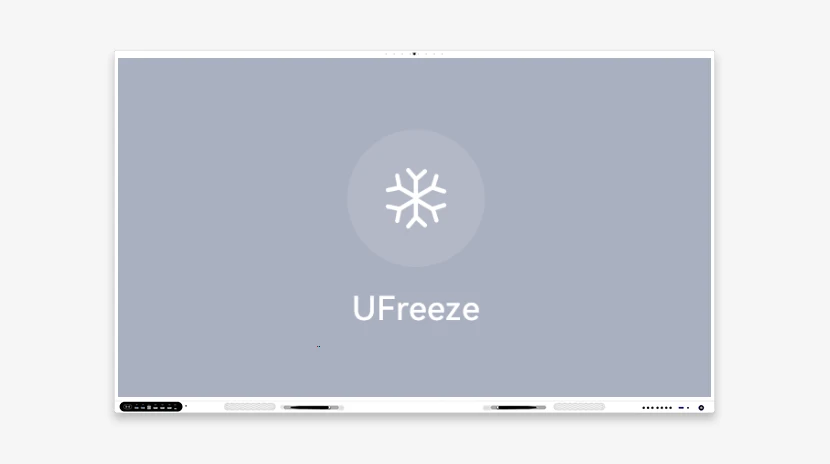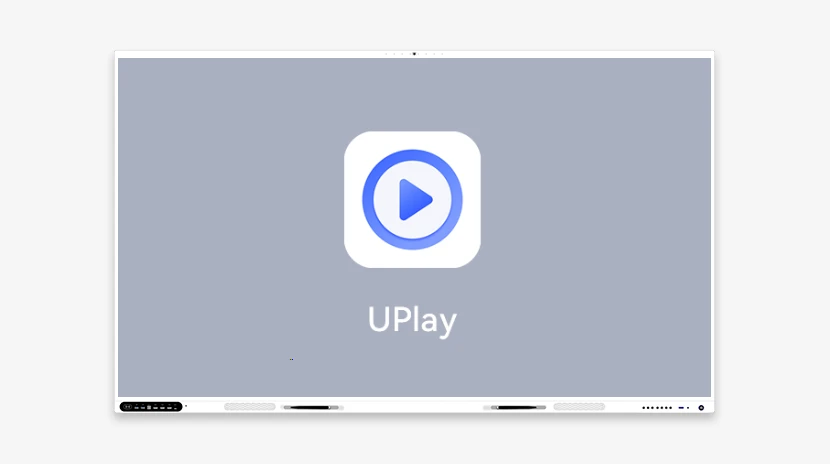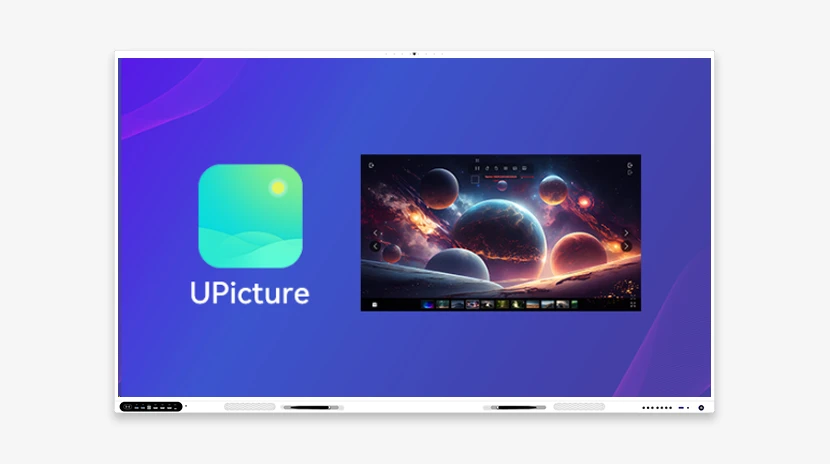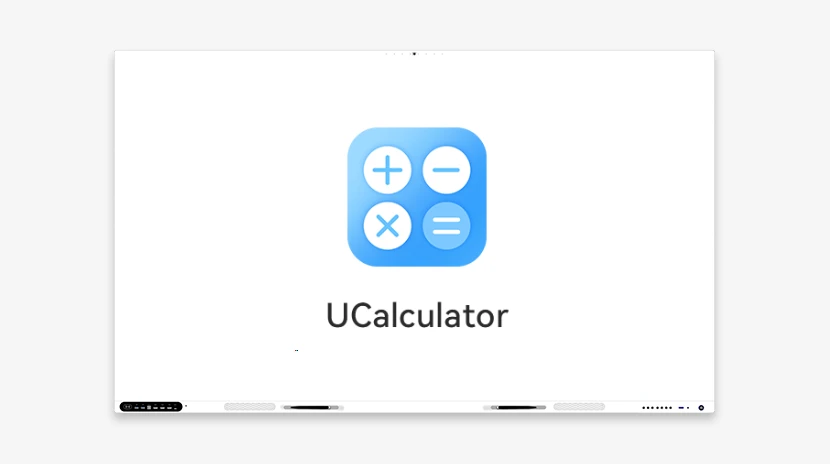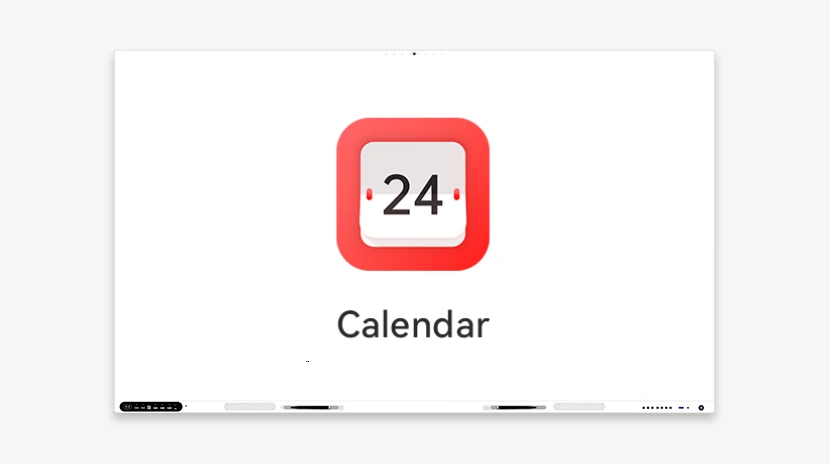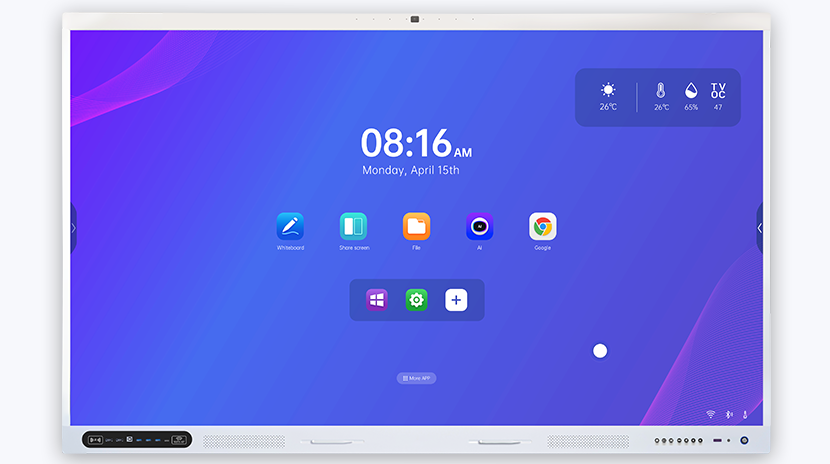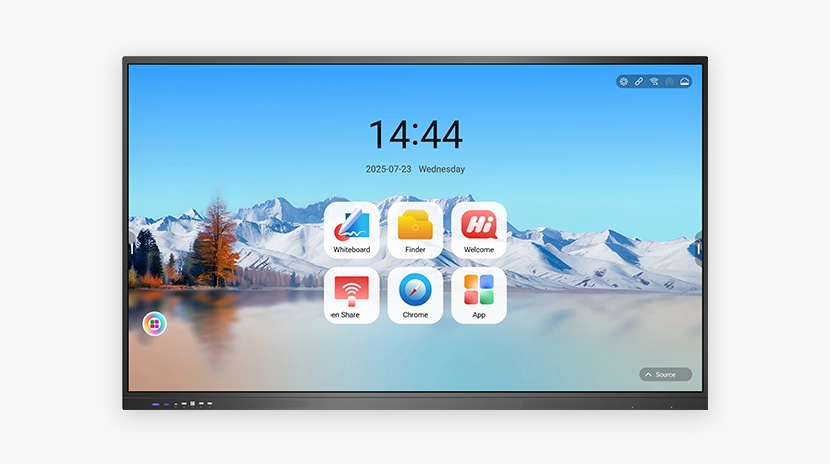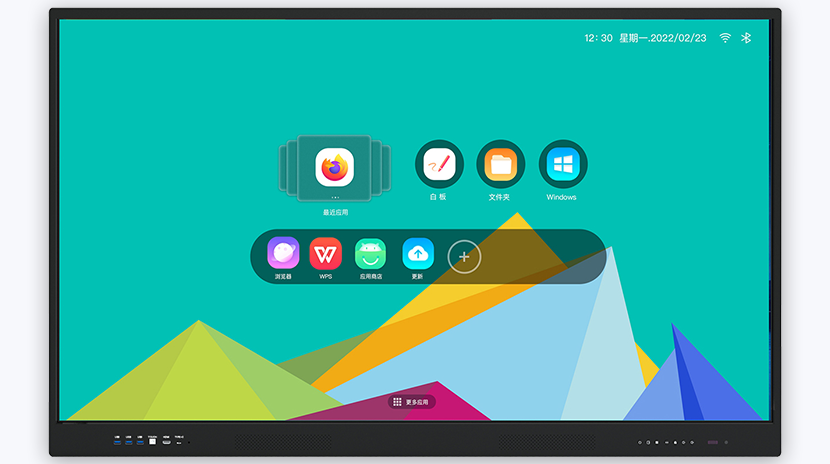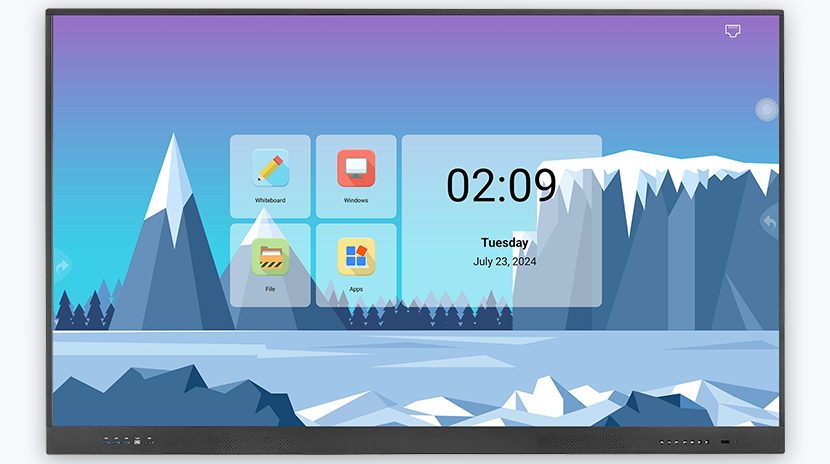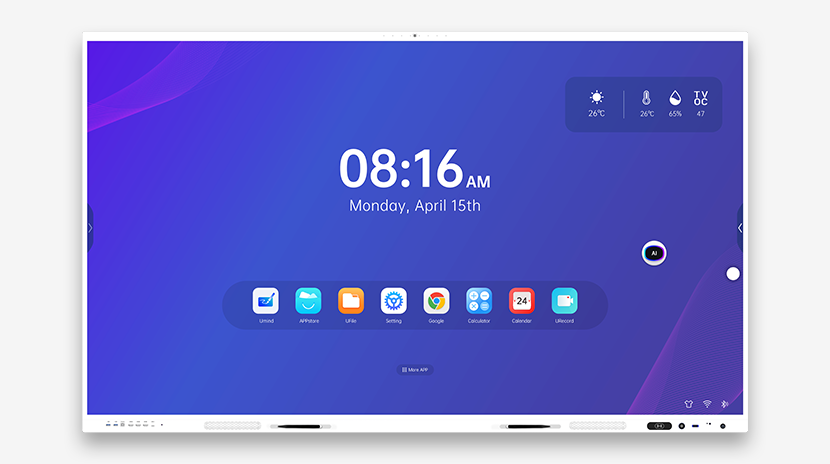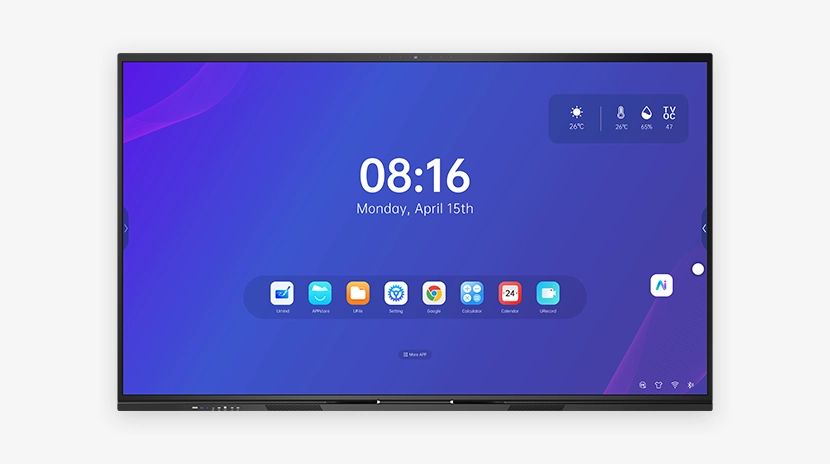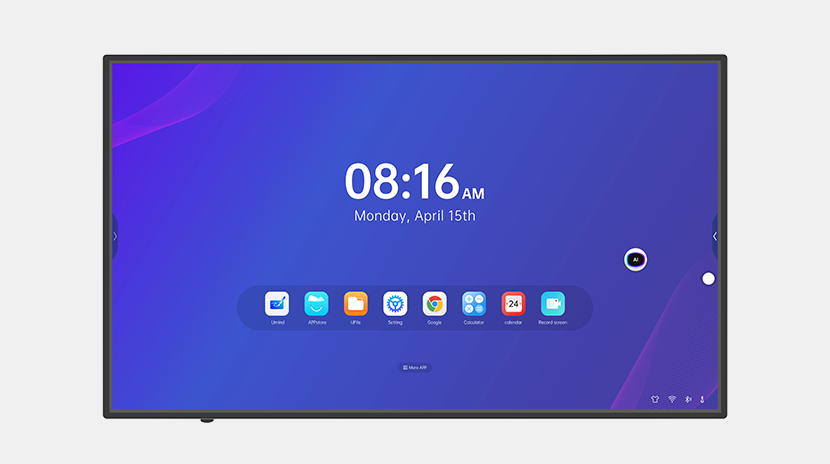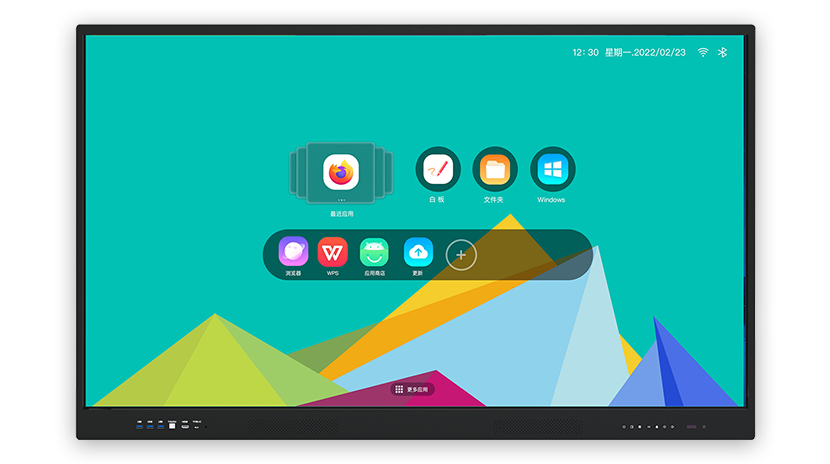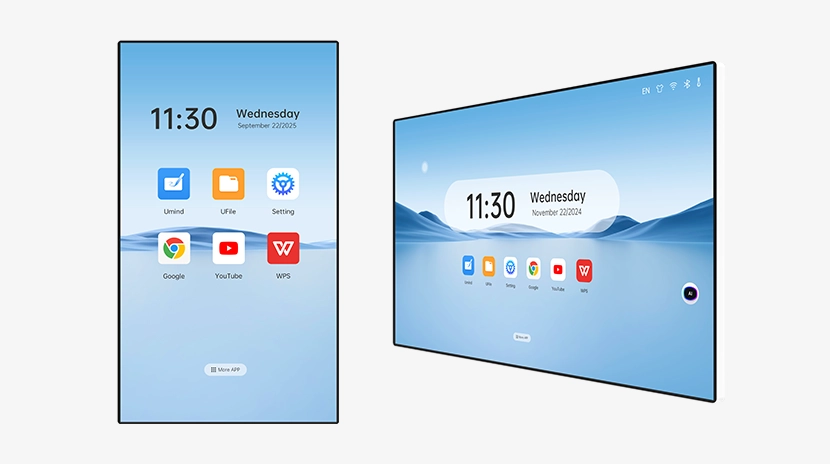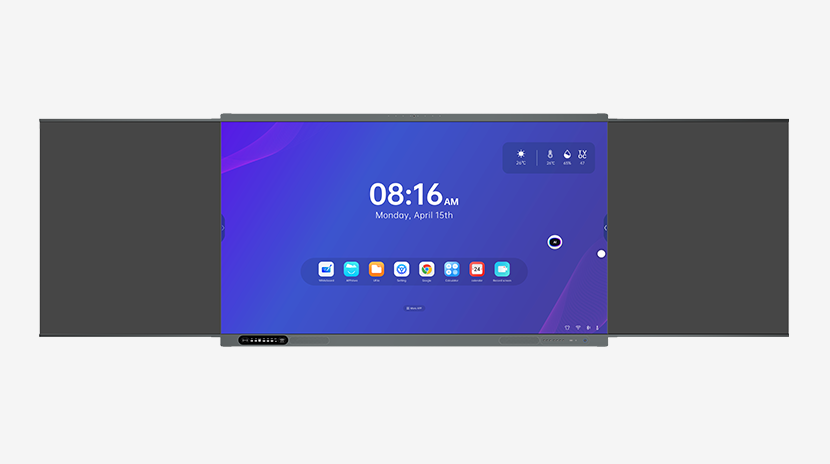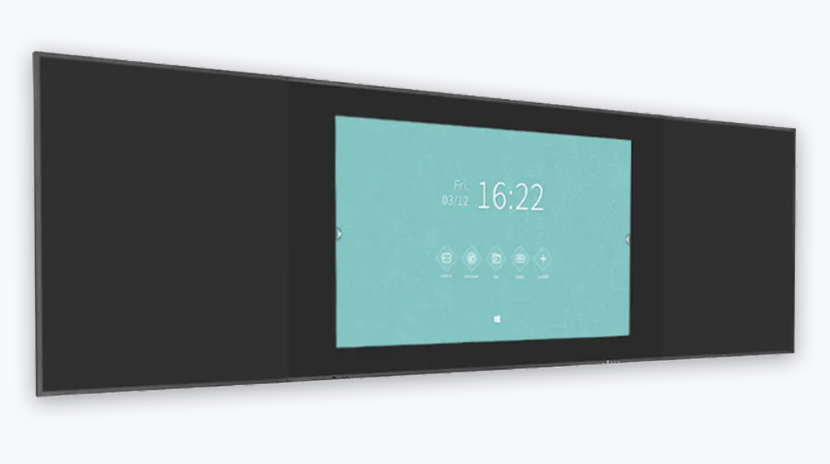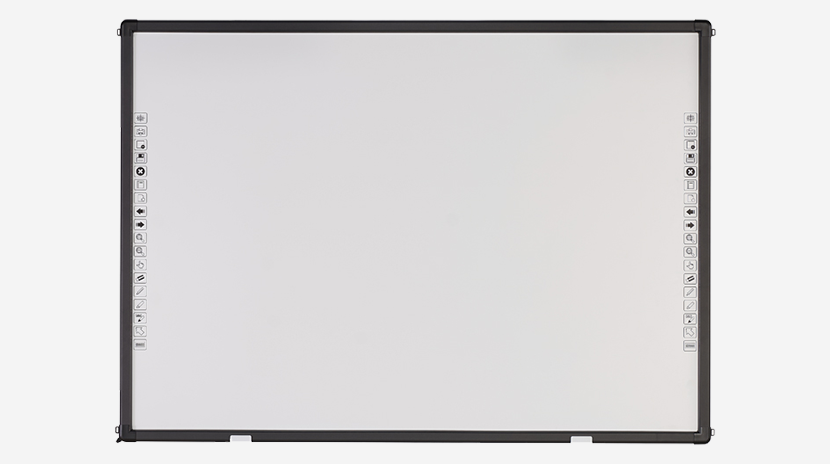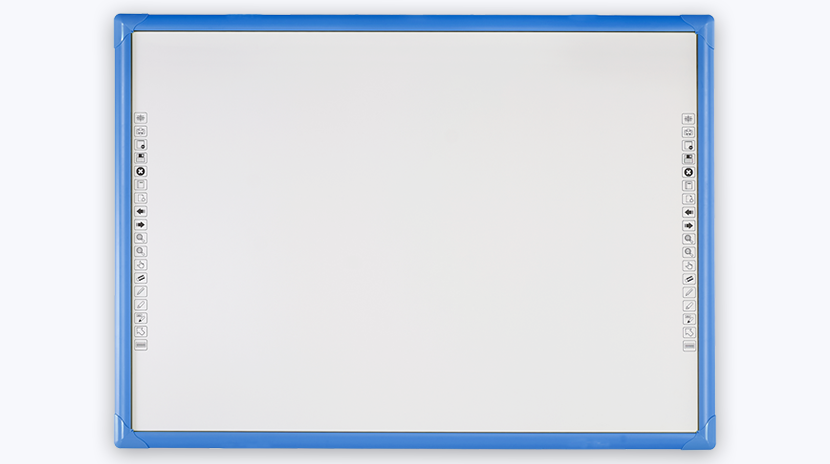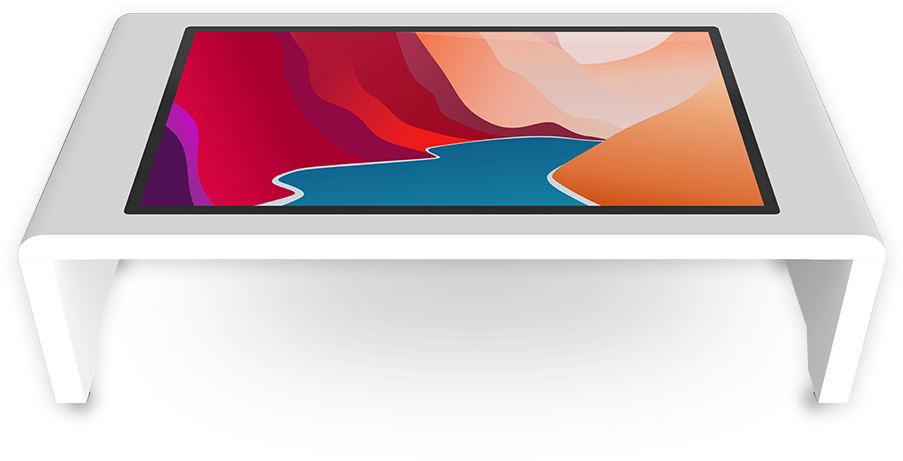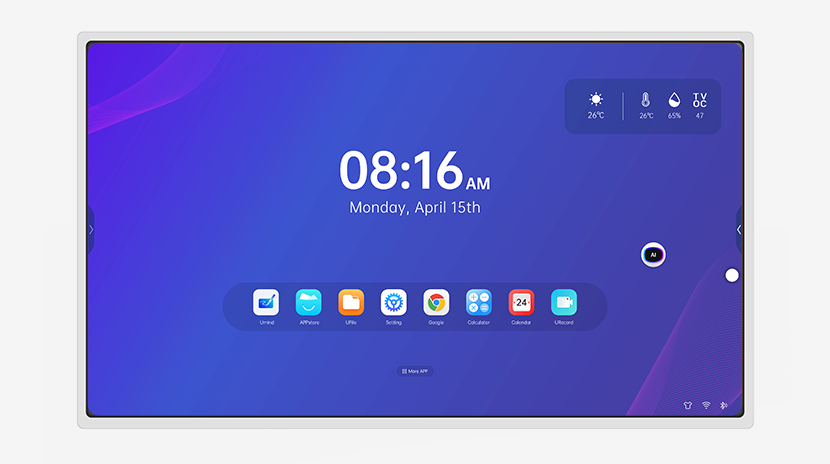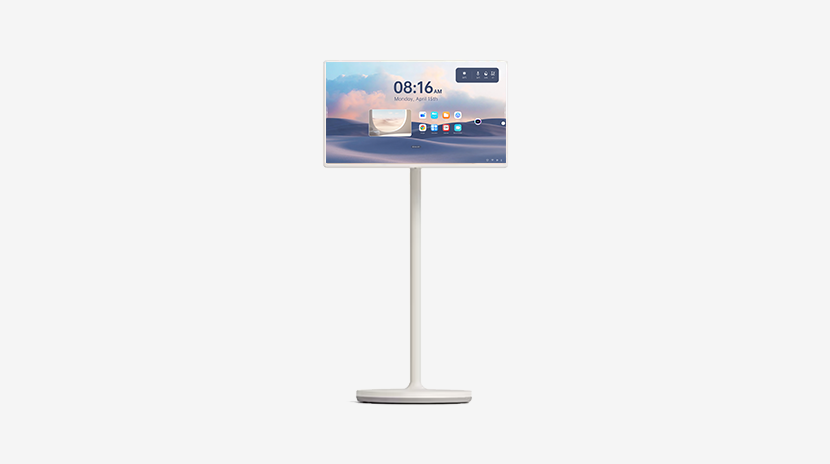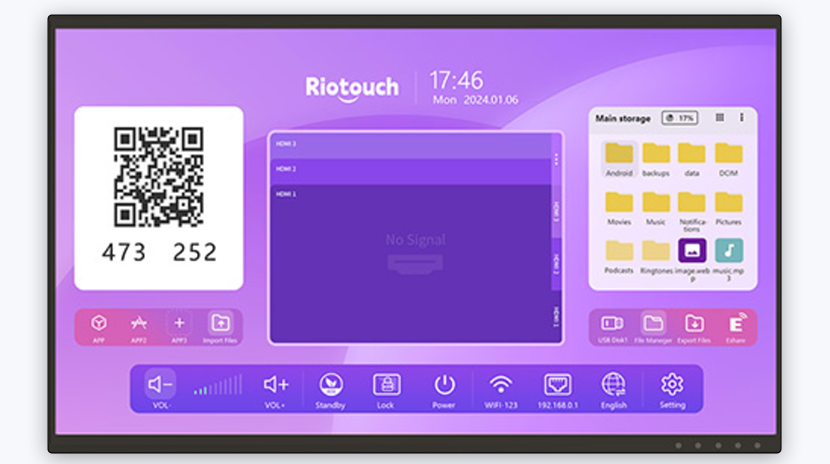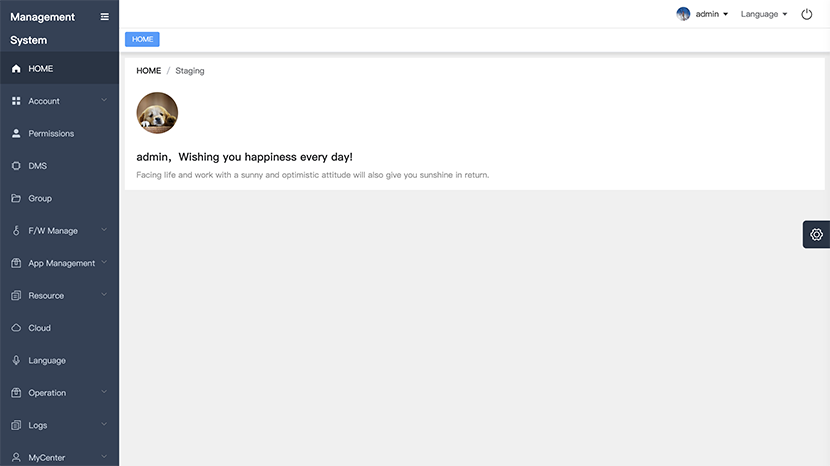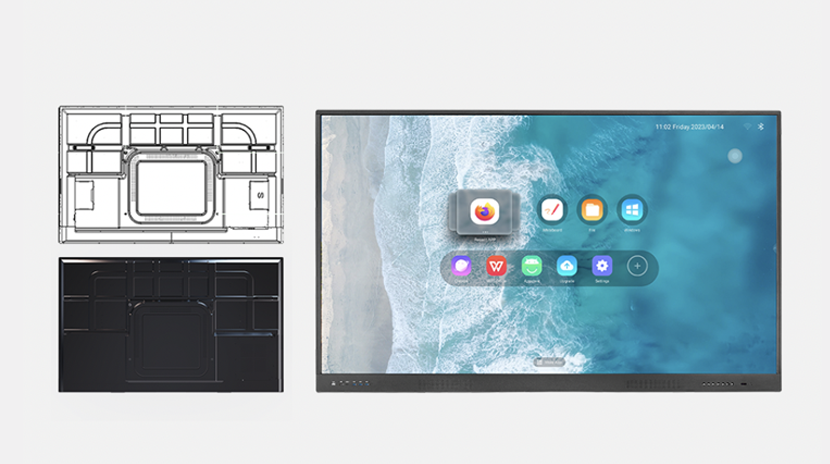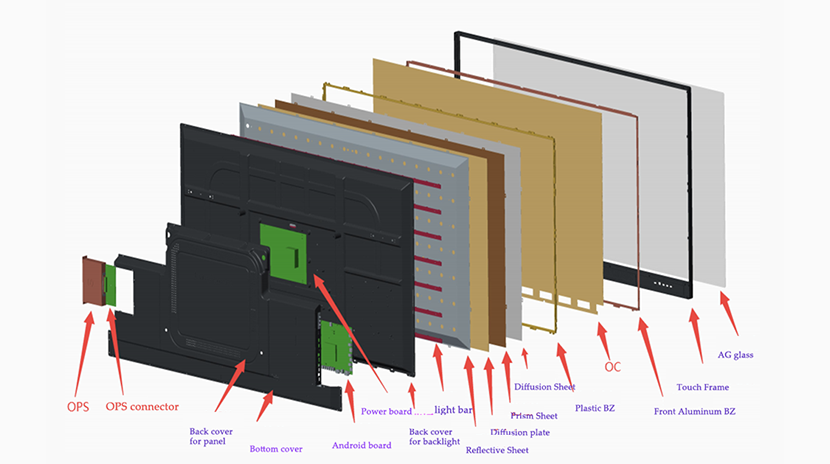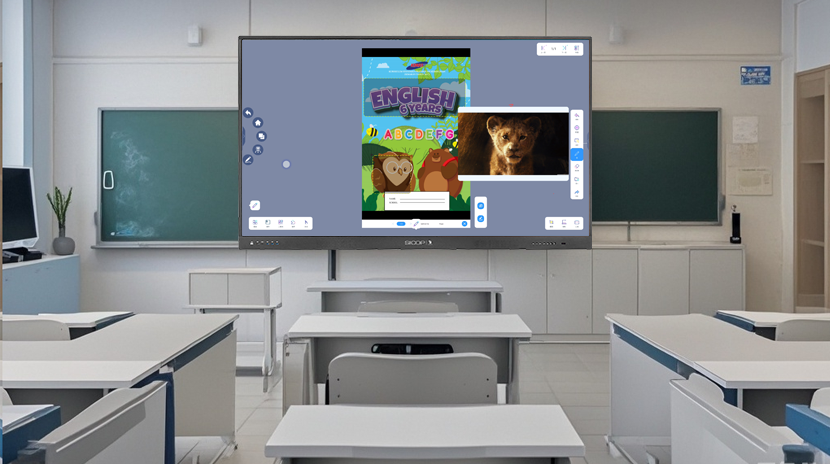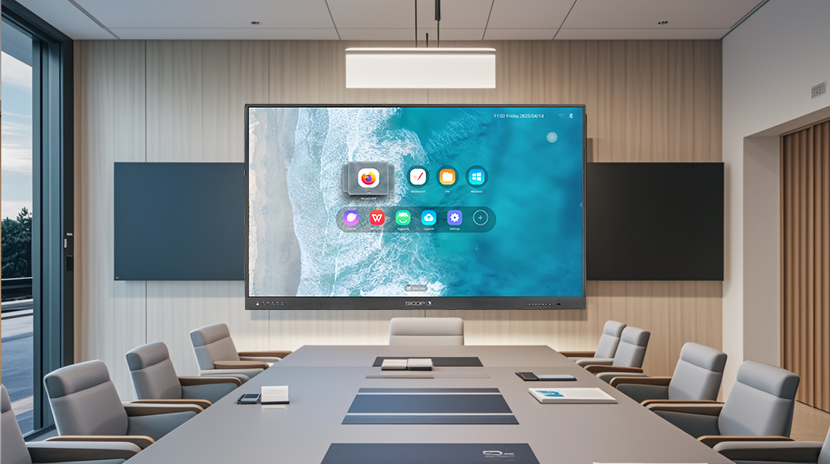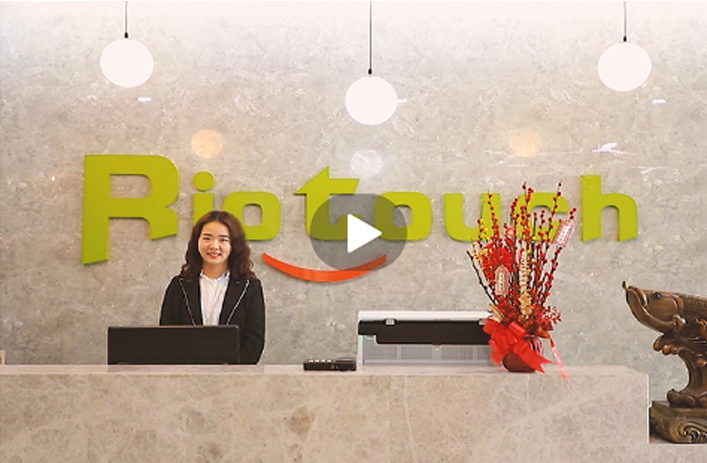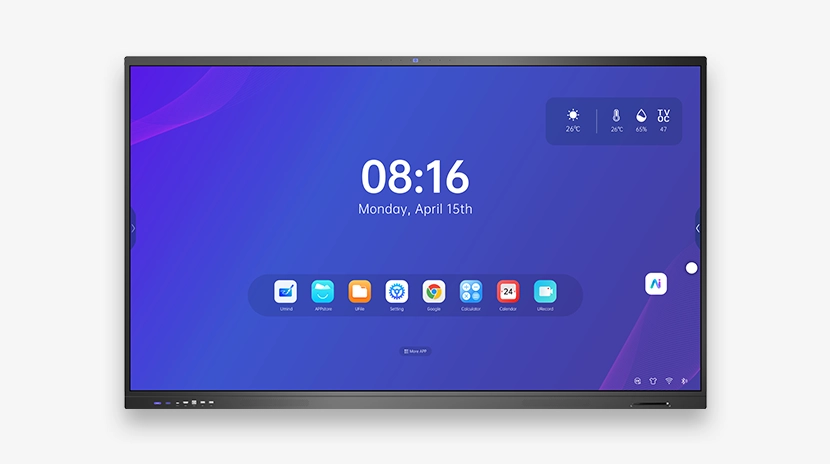- UMind
- UFile
- Setting
- DMS
- Pick-up System
- URecord
- UCut
- UMark
- Tools
- UTimer
- UVote
- UFreeze
- UPlay
- UPicture
- UCalculator
- Calendar
- IFPD
- LED Commercial Display
- Smart Blackboard
- IWB
- Smart Table
- Advertising Screen
- Portable Panel
- Smart TV
- OPS
- Accessories
- AI BOX
- RK3588
- RK3576
- T982
- ADV100
- LTK
- LTQ
- LTF
- U+ Series
- LT Series
- LT Series S98
- LT86 S982 SA
- LF
- Wall-mounted Advertising Machine
- M86LB
- M86
- S82
- P82
- Smart Touch Table
- Smart Lifting Touch Table
- Floor Kiosk
- Portable Panel
- LTS
- OPS
- OPS 13th_14th
- Meeting pod
- TV stand
- Cloud Solution
- ODM/OEM Solution
- CKD/SKD Solution
- Education Solution
- Business Solution
- About Us
- Blogs
- Catalogs
-
Daisy OS

-
Products

-
Solutions

-
Support
-
About Us

AI-Generated Creativity in Education: Transforming Text into Visual Learning Adventures
As educational technology continues to develop, AI technology is gradually being combined with traditional education, making rigid knowledge more vivid and interesting. Today, I will introduce how to use Riotouch's AI text-to-image and text-to-video functions to create an interesting classroom.
Where Imagination Meets Classroom Reality
In an era where students are digital natives and attention spans are fleeting, educators face a critical challenge: making abstract concepts tangible and lessons unforgettable. Enter UMind AI, a groundbreaking tool that turns simple text prompts into vivid images and dynamic videos, bridging the gap between imagination and classroom engagement. Gone are the days of scouring stock photo libraries or wrestling with complex design software. With UMind AI, teachers and students alike can conjure up a 3D model of the solar system, animate historical battles, or visualize chemical reactions—all by typing a few words. This isn’t just about convenience; it’s about unlocking creativity, fostering deeper understanding, and transforming passive learning into an interactive adventure.
How It Works: From Words to Wonders
UMind AI simplifies content creation with its intuitive text-to-visual engine. Educators input descriptions like “water cycle in a rainforest” or “Shakespearean sonnet illustrated as a comic strip,” and the AI generates high-quality visuals or short videos within seconds. The tool’s adaptive algorithms ensure accuracy and relevance, whether crafting detailed scientific diagrams or whimsical art for younger learners. For instance, a geography teacher could generate a timelapse video of glacier erosion to explain climate change, while a literature student might turn a poem into an animated storyboard. The AI even adjusts output styles—realistic, cartoonish, or infographic—to match lesson tones. By democratizing multimedia creation, UMind AI empowers educators to focus on pedagogy, not design, while giving students a canvas to express ideas beyond written words.
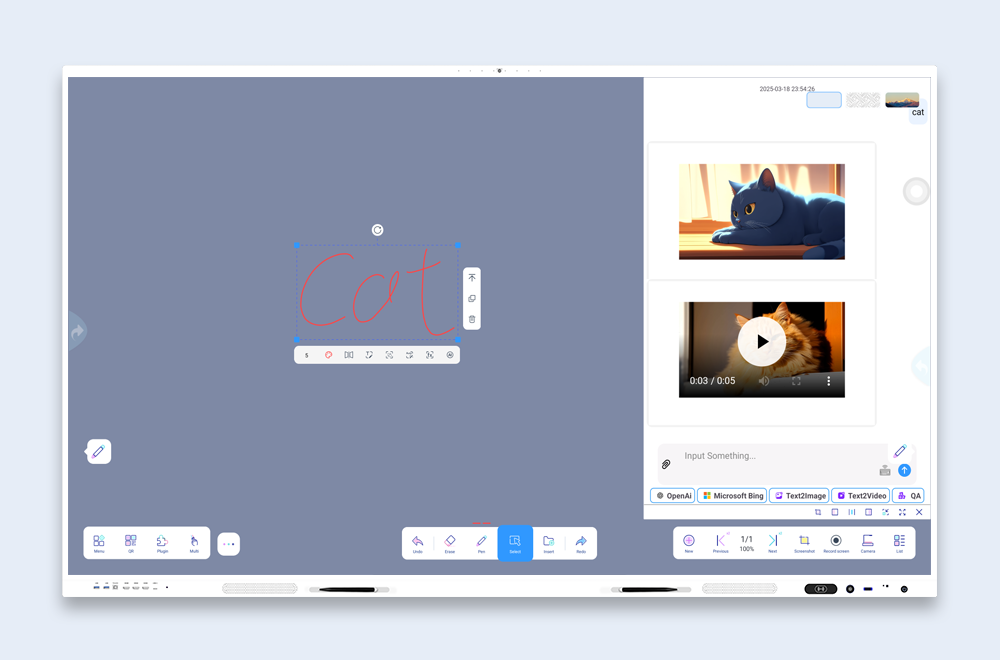
Real-World Impact: Breathing Life into Lessons
In classrooms worldwide, UMind AI is redefining what’s possible. A biology teacher in Texas transformed her DNA replication unit by generating 3D animated videos where students “walk through” double-helix structures. In Japan, language learners role-played conversational scenarios using AI-generated avatars, boosting speaking confidence. Meanwhile, high school history classes recreated ancient civilizations by typing descriptions like “Roman marketplace at sunset,” producing immersive visuals for virtual tours. Beyond academics, students leverage the tool for projects—a group in Kenya built a climate advocacy campaign with AI-generated infographics, while a coding club in Sweden visualized app concepts through storyboard videos. The tool’s versatility extends to special education, where teachers create sensory-friendly visuals for neurodiverse learners. By turning abstract ideas into relatable visuals, UMind AI doesn’t just support learning—it sparks curiosity, collaboration, and lifelong creativity.
The Future of Learning: Beyond the Screen
As AI evolves, so does its role in education. UMind AI’s upcoming features include AR integration, allowing students to project AI-generated models into physical spaces—imagine dissecting a holographic frog or exploring AI-rendered ancient ruins in a schoolyard. The tool also plans to incorporate student feedback loops, where learners refine AI outputs collaboratively, blending critical thinking with digital literacy. In a world where visual storytelling dominates, UMind AI ensures classrooms remain hubs of innovation, preparing students not just to consume content, but to create it.
Call to Action
Ready to turn your lesson plans into visual masterpieces? Try UMind AI today and see how text-to-pictures and videos can ignite curiosity in every student. Visit Riotouch AI Education to start your free trial!


